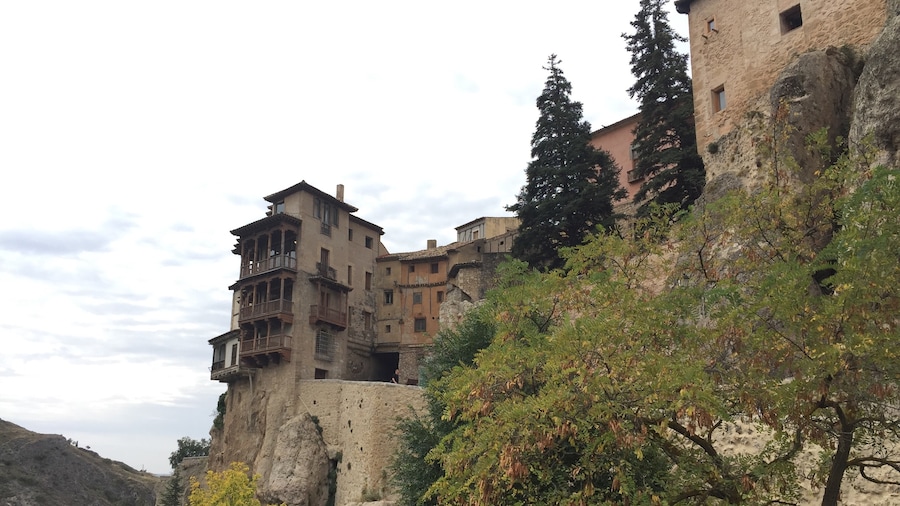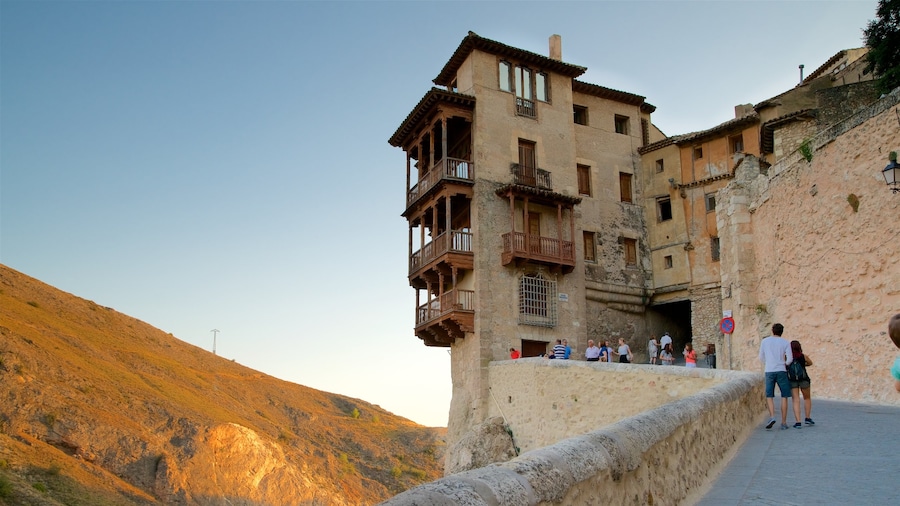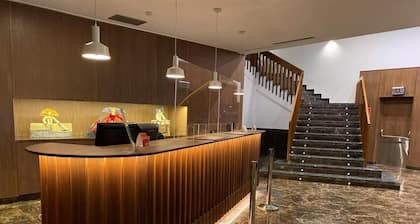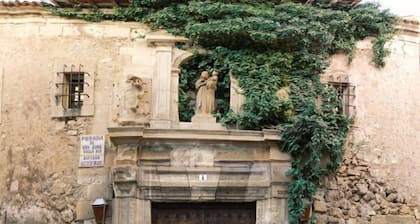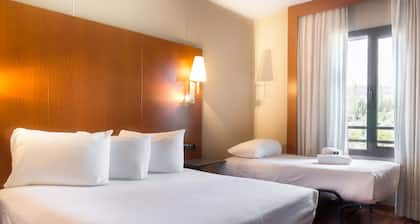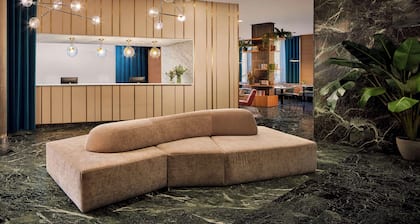The San Pablo Footbridge is not for visitors with a fear of heights. If you aren’t put off by the vertiginous views down to the Huécar River, walk along this narrow pedestrian bridge, which traverses the scenic Huécar gorge.
The original San Pablo footbridge was built in the 16th century, with the goal of connecting the town with the nearby San Pablo’s convent, from which the bridge took its name. In the early 20th century, the bridge was reinforced with iron, ensuring the safety of all who pass over it. Look carefully while making your way across the bridge and you will be able to distinguish between the newer iron and older stone parts of the structure.
Amble slowly across the bridge on foot and soak up the stunning views of the Casas Colgadas, or Hanging Houses as they are commonly known in English. These several-story-high 15th-century buildings, of which only a few remain standing, sit improbably atop the precipice of sheer cliffs, with their balconies extending out over the edge.
Note how the Hanging Houses, despite their spectacular setting, are not particularly swanky or lavish they were built to serve as homes for regular residents. These days, however, their function has once again changed, as they now serve as host to the much-lauded Museum of Spanish Abstract Art and other galleries and restaurants. The bridge also affords fabulous views of the deep gorge and the Huécar River. Try to spot the Parador de Cuenca, a 16th-century convent-turned-hotel, from the bridge too.
Be sure to bring your camera as the bridge offers some of the best photo opportunities in town. After your visit, follow the path that leads off from the bridge down to the base of the gorge. This will leave you near the bridge that you can cross to access Cuenca’s UNESCO-listed Old Town area.
The San Pablo Footbridge is open continuously and access is free. Come to the bridge at sunset to see it when it is particularly scenic.





